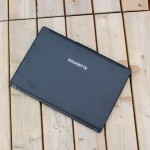
From almost the minute it was announced, somewhat incongruously, at the Consumer Electronics Show in January (well, it does have a touchscreen, I suppose), the Nikon D500 looked like it was going to be a hit with DPReview’s readers. After so many years we had almost lost hope that Nikon would replace the D300S, which soldiered on well into its dotage, and well beyond the point where it was able to keep up with the likes of Canon’s EOS 7D II.
But replace it Nikon did, and in impressive fashion. I won’t waste your time listing specifications (you can find all of that here) in this article, but suffice to say it’s unlikely that the D500 will look outdated any time soon.
Despite its obvious appeal, I was a little hesitant to make the D500 my choice for Gear of the Year because of all the people on the DPReview team, I’ve probably used it for the least amount of time. But my experience of shooting with it for our September Field Test, with National Geographic photographer, friend to the wolves and all-round man-crush Ronan Donovan was a definite highlight of 2016.
Most of our video shoots are organized far in advance, and planned almost down to the last detail. Camera features are carefully aligned with shooting situations, locations are scouted ahead of time, and the shoot proceeds predictably, and more or less according to plan.
Most Field Tests are like that, but some are not. The D500 shoot was not.
A combination of factors including limited availability of D500 bodies, limited availability of Ronan, an already packed pre-Photokina schedule, the vicissitudes of rural Montana’s postal system some inconveniently-positioned wildfires meant that we weren’t able to plan the shoot quite as carefully as we might have liked.
A Tight Timeframe
In fact, we ended up with a mere 24-hour window of time in which to work with Ronan, filming at a remote wildlife reserve in Montana, more than 10 hours’ drive away from DPReview’s home base of Seattle. The cameras only showed up a couple of days before we were due to head to the reserve, so it was essential that D500s didn’t fail or present any major surprises on location. If that had happened, there wouldn’t have been enough time to troubleshoot.
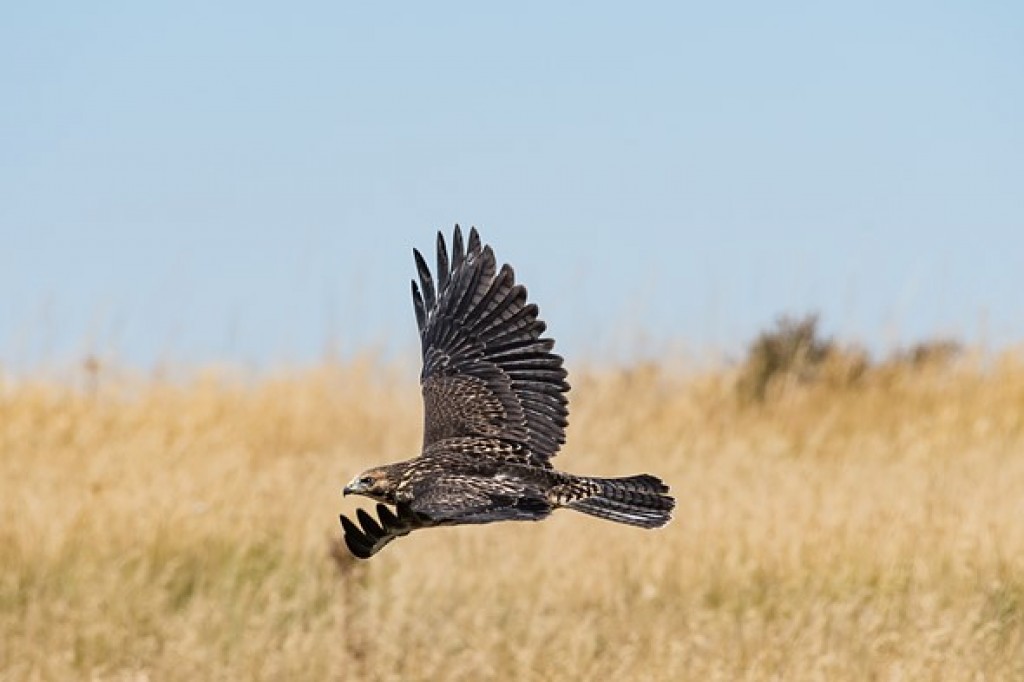
The broad width of the D500’s autofocus coverage, and its impressive 3D AF Tracking mode combine to offer unparalleled accuracy when it comes to tracking subjects around the frame. Even flying against a similarly-colored, cluttered background, the D500 had no trouble accurately tracking birds of prey on the Montana video shoot.
For instance, had the D500 been susceptible to dust or high temperatures, or had it simply presented too steep a learning curve for Ronan and me to pick up and use more or less straight out of the box, we would have been in trouble. Similarly, if it had been incapable of focusing on the fast-moving birds we were pinning our hopes on capturing, or if its autofocus system gave out in low light, we might have been forced to scrub the shoot for lack of coverage.
That’s the gear, but the concept itself also presented some risk. When you center a video shoot around wildlife photography, it’s a good idea to build some extra time into the schedule as insurance against the unexpected. With such a tight window, multiple extra shoot days weren’t an option. Things were further complicated by wildfire haze and a 30mph wind on the day of our shoot, which threatened to reduce both air quality and audio quality, as well as keep the birds we were hoping to photograph on the ground or tucked away in the branches of trees.
Ominously, a frequent visitor to the reserve told me when we arrived that he had seen fewer birds during his vacation this year than any previous year he could remember. Gulp.
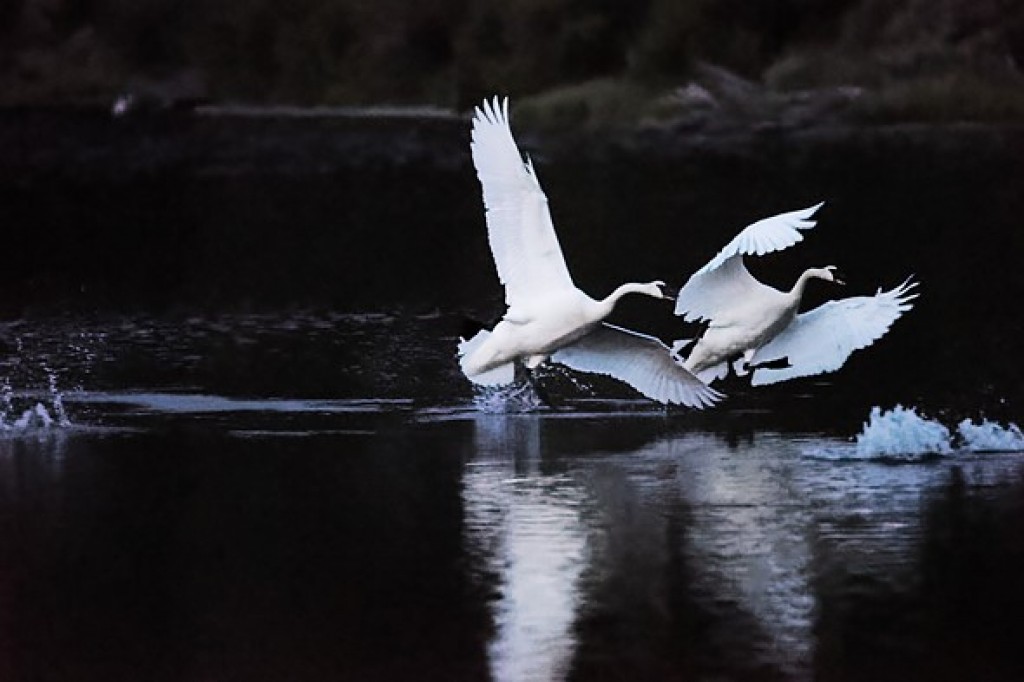
This image is one of a sequence taken after dark. Even in such low light, the D500 accurately tracked these swans landing on a lake, and at ISO 258,032 the images are grainy, but after careful processing they still contain plenty of detail and natural color.
Fortunately despite the wind and the haze, we did find some birds, and although the wind blew out a lot of our audio, we still managed to record plenty of usable sound. Ronan was great on camera and quickly got to grips with the D500, and the D500 itself shrugged off the dust and heat and did everything that we asked of it. And we asked a lot.
In a 24-hour shoot we baked our three D500s in the sun, froze them overnight taking time-lapse shots of the stars, covered them in dust, and repeatedly asked them to focus track small, distant birds at long focal lengths. Even more challenging was shooting after dark, when we attempted 10 fps AF tracking bursts of trumpeter swans flying at night, and grabbed unplanned images of an owl, lit only by the headlamps of our truck.
Sharp Focus
The reason we were able to get all of those images with relatively little trial and error is that the D500’s autofocus system seems to have been sent from the future by benevolent aliens, whose mission – apparently – is to help us take better photographs.
In 3D AF tracking mode, the camera managed to accurately follow our small, erratic subjects around the frame, even in very low light. When 3D AF tracking didn’t work so well, one of the several other autofocus modes invariably delivered the results we needed. Group Area AF, for instance, proved especially useful for the smaller birds.
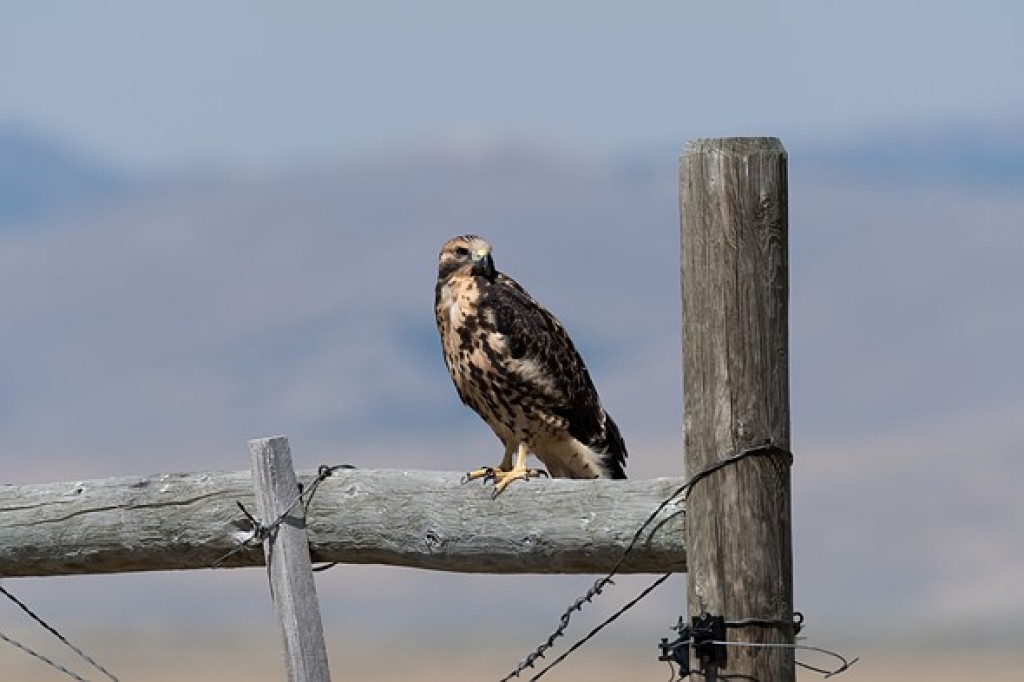
The D500’s 1.5X crop turns a 500mm lens into an effective 750mm. This is very handy when shooting skittish birds like this hawk.
Once we’d wrapped the shoot and Ronan had left, I spent a couple of hours the next day on my own, getting some additional images in the bag before we left the wildlife reserve. With the film crew otherwise occupied, I posted up near a fence where we’d seen hawks the previous day, and waited to see if they’d come back. They did, and I spent a pleasant couple of hours shooting them wheeling around the sky, with the D500 accurately tracking them around the frame even as they moved in front and behind of low trees and bushes.

If you make the mistake of getting too close to one of these birds of prey, you might end up regretting it. This image is one of a sequence of shots which show a juvenile hawk diving at me, at a closing speed of roughly 100mph. This image shows the bird starting to open his wings to pull out of the dive a few feet above my head.
Less pleasant was a diving attack from one of the juveniles, which dropped on me from a hundred feet or so, folding its wings and coming straight for the camera, like a beaked dart. I fired off a few shots before losing my nerve but remarkably, despite the incredible closing speed of the bird and my shaking hands, the D500 nailed several sharp images of the hawk before it pulled out of the dive at close to 100mph, a few feet about my head. I took the hint and moved on.
I headed to a small lake and shot an unbroken sequence of images of a pelican taking off and circling around the lake. With an XQD card installed, the D500 can maintain its 10 fps continuous shooting rate almost indefinitely, while maintaining accurate focus the entire time. I like pelicans. They’re very sedate. Less… attacky.
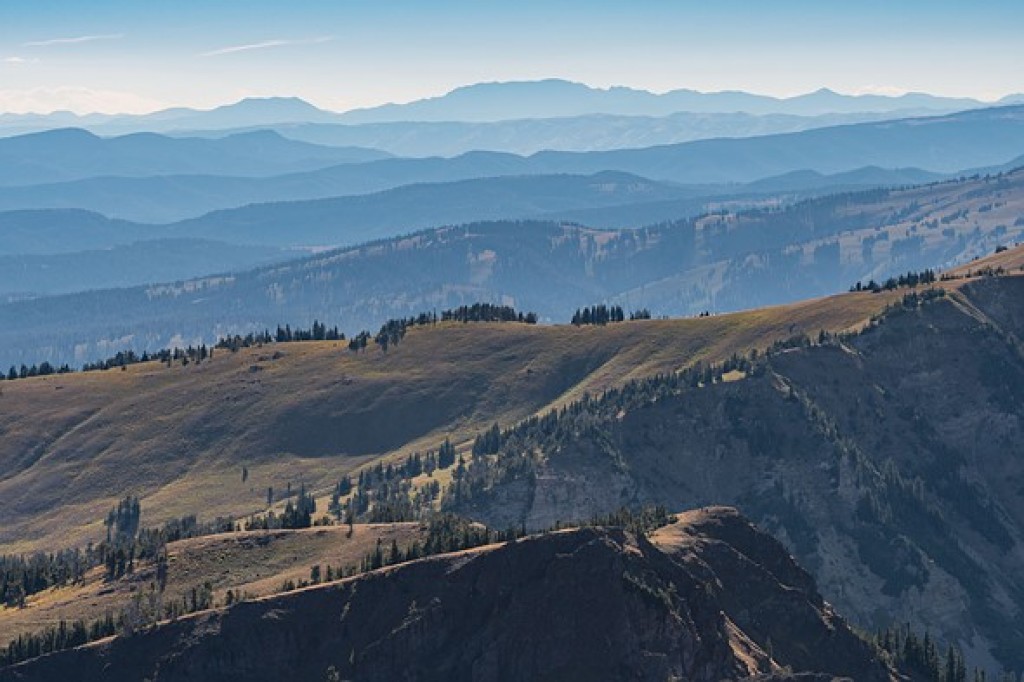
Although there are higher-resolution cameras on the market, 20MP is enough resolution for high-quality landscape imaging. Raw files from the D500 also offer a wide latitude for post-capture adjustment.
With these sequences, plus Ronan’s shots from the previous day, we knew we had enough images to really show the D500 at its best. Despite the challenging shooting conditions, the D500 did everything we asked of it, and more. After more than ten years writing about digital cameras, I’m not easily seduced by impressive-sounding specifications or fancy new features. I knew the D500 was good before the Montana video shoot, but I didn’t know how good. That experience impressed me enough to make the Nikon D500 my pick for Gear of the Year 2016.
Sourse: dpreview.com






































